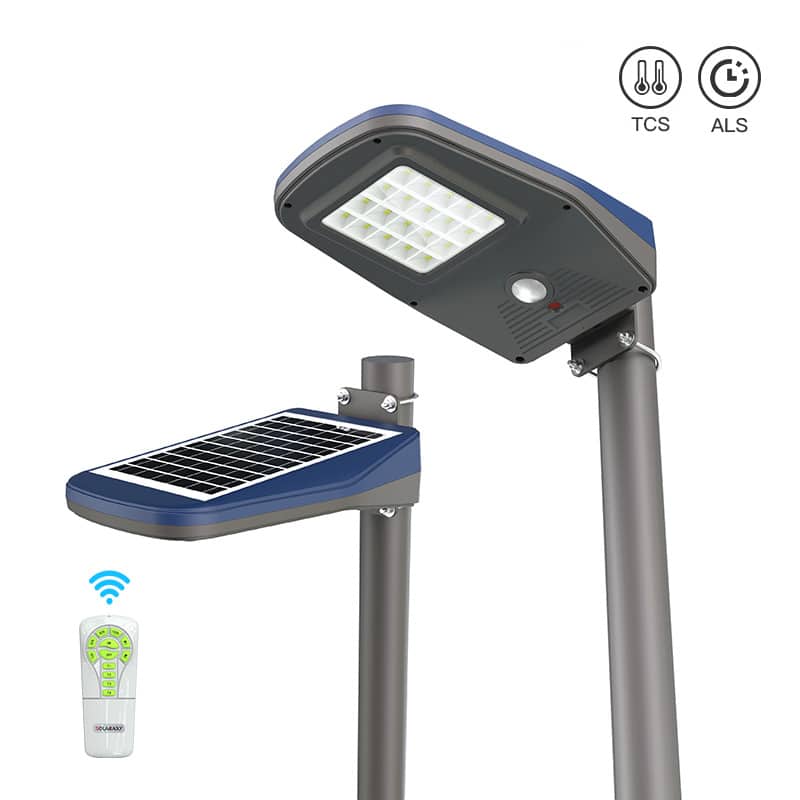Solar street lights as a kind of outdoor road lighting, with their huge electricity costs, ease of installation, basically maintenance-free and other characteristics received most people welcome, due to the wide variety of solar street lights sold on the market, the price varies greatly, resulting in the uneven quality of street lights. So for consumers, in the purchase of solar street lights, how do judge the advantages of solar street lights?
Solar street lights usually consist of batteries, intelligent controllers, light sources, solar panels and pole fittings. These components work together to enable the solar street light to collect solar energy during the day and use the stored energy to light the bulb at night.
If the solar street light is slightly less expensive, then there are at least one or two parts of the whole system that do not meet quality standards. Problems are not easy to spot in the short term, but in the long term, problems will arise.
There are two types of panels, monocrystalline and polycrystalline. Polycrystalline solar panels usually have a lower conversion rate but are relatively inexpensive. Monocrystalline solar panels have a higher conversion rate. The conversion rate of polycrystalline solar panels is usually around 16% and that of monocrystalline solar panels is around 21%.

The higher the conversion rate, the more electricity is used for street lighting, and of course the higher the price of the photovoltaic panels. Batteries are also a very important component to ensure good lighting results. There are many types of batteries, such as lead-acid batteries, lithium iron phosphate batteries and so on.
Lead-acid batteries are stable in voltage and relatively cheap, but low in energy and short in service life. Lithium iron phosphate batteries have obvious advantages in terms of depth of discharge and charging aging. Generally can be used in a -20℃-60℃ environment, the application environment is relatively wide.
The service life of up to 7-8 years, the use of more worry-free. And lithium iron phosphate batteries are also smaller in size and weight, easy to install.
Solar street light poles can be hot-dip galvanized or cold-dip galvanized for anti-corrosion treatment. The life span of a hot-dip galvanized pole is generally over 20 years, while the life span of a cold-dip galvanized pole is generally around 1 year. When choosing a solar street light, you can judge whether the solar street light is hot dip galvanized or cold dip galvanized based on the cutout.